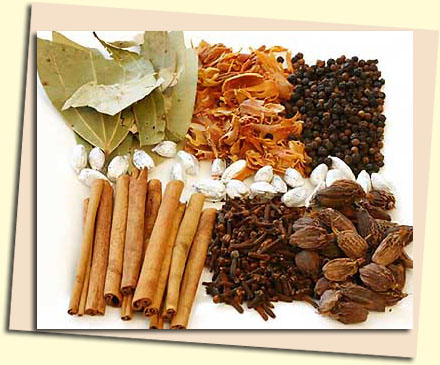Today we summarize this series on the diet’s Ayurvedic dimensions and role in maintaining good health and preventing disease. In Srimad Bhagavad Gita, Lord Kṛṣṇa compares Himself with the digestive fire, or agni, which assimilates and digests food in order to sustain Life.
Though diet plays a vital role in Ayurveda’s healing modality, these “rules” flex and bend gracefully according to the transient nature of living in your particular body. Your constitutional make up (prakriti) is unique as are your current needs for balance (vikriti); thus, your dietary needs are also unique. You will not find pre-set body weights or calorie counting instructions in Ayurvedic Dietary Theory. You will find recommendations for listening to the voice of your physiology to hear what, where, when and how you should eat. You will find instructions to include the six different tastes – sweet, sour, salty, bitter, pungent and astringent – at every meal, favoring those tastes that are suited to your current needs and incorporating lesser amounts of the rest. Including different tastes at each meal reduces cravings and balances appetite and digestion naturally, providing clear instructions via the senses, supported by the voice of your own physiology.
Food influences both physical activities and psychological activities. Agni requires food to maintain the body’s constant activity, much like a furnace providing heat in exchange for the life of a tree; the body of Earth. Improper, excessive, heavy, and cold food extinguishes this fire and produces endotoxic substances called Ama. For supplementation, Tattva’s Herbs offers Ginger, Triphala, Chyawanprash and Trikatu to stoke the fire of Agni.
The Ayurvedic way of cooking brings together a harmonious collection of fresh wholesome ingredients into a feast for all your senses. In a well-prepared Ayurvedic meal, a medley of tastes, textures, colors, aromas and flavors blend together to restore balance to your body, mind, spirit, senses and emotions.






